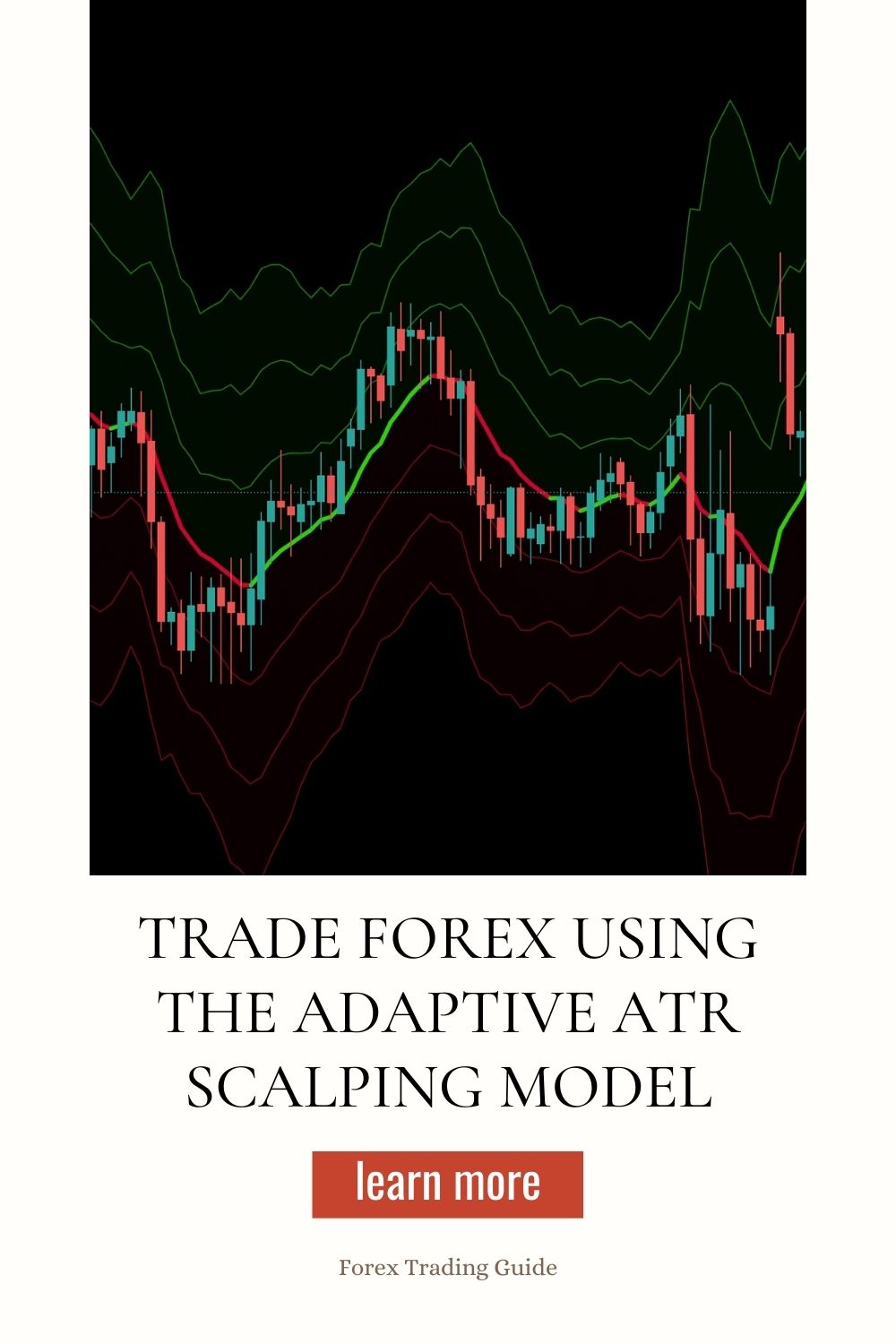Last Updated on March 29, 2025 by Arif Chowdhury
Ever feel like the Forex market is a wild beast, unpredictable and fierce?
You’re not alone.
Many traders struggle with finding a reliable strategy that balances risk and reward.
Let’s dive into the Adaptive ATR Scalping Model.
This is a method that’s helped me navigate the choppy waters of Forex trading since 2015.
With a focus on both fundamental and technical analysis, I’ve honed my skills and developed a strategy that consistently delivers results.
What is the Adaptive ATR Scalping Model?
At its core, the Adaptive ATR (Average True Range) Scalping Model helps traders identify potential entry and exit points based on market volatility.
Here’s how it works:
- ATR Calculation: It measures market volatility.
- Adaptive Nature: Adjusts based on current market conditions.
- Scalping Focus: Aims for quick trades to capture small price changes.
This model allows you to stay nimble and capitalize on short-term market movements.
Why Use ATR for Scalping?
- Volatility Insights: ATR gives you a clear picture of how much a currency pair moves on average, which helps you set realistic targets.
- Risk Management: By understanding volatility, you can adjust your stop-loss levels effectively.
- Flexibility: The adaptive aspect means you can tweak your strategy as market conditions change.
Did you know that roughly 70% of traders fail because they don’t adapt to market changes? Don’t be part of that statistic. Use the Adaptive ATR model to stay ahead.
Key Steps to Implement the Adaptive ATR Scalping Model
- Choose Your Currency Pair: I recommend focusing on pairs like EUR/USD, GBP/USD, USD/CHF, or USD/JPY. They have high liquidity, which is great for scalping.
- Select the Right Time Frame: Use H4 charts for your trading. This gives a broader view and helps filter out noise.
- Calculate the ATR: Set your ATR period (14 is standard). This will help you gauge volatility.
- Define Entry and Exit Points:
- Entry: Look for price movements that exceed the ATR value.
- Exit: Set targets based on a multiple of the ATR, typically 1.5 to 2 times the ATR.
- Set Stop-Loss Orders: Use the ATR to determine where to place your stop-loss. A good rule of thumb is to set it at 1.5 times the ATR below your entry point.
- Monitor and Adjust: The market is dynamic. Keep an eye on your trades and adjust your strategy as needed.
My Trading Bot Portfolio
While the Adaptive ATR Scalping Model is powerful, combining it with automated trading can elevate your game.
That’s where my 16 trading bots come in.
They’re designed to trade across the same currency pairs you’re focusing on.
Each bot uses a variety of strategies, including the Adaptive ATR, to maximize profitability while minimizing risk.
Here’s what makes them stand out:
- Diversification: Each currency pair has 3-4 bots tailored to mitigate correlated losses.
- Backtested Success: My bots have been backtested for 20 years, proving effective even in tough market conditions.
- Long-Term Trading: They aim for longer trades, targeting 200-350 pips, ensuring steady performance over time.
And the best part? You can access this EA portfolio for FREE.
Check it out here: My Trading Bots Portfolio.
Best Practices for Successful Forex Trading
- Stay Informed: Knowledge is power. Keep up with market news and trends.
- Use a Reliable Broker: Your trading success hinges on broker quality. I’ve tested a range of brokers, and you can find the best ones here: Most Trusted Forex Brokers.
- Practice Patience: Scalping requires quick decisions, but don’t rush. Wait for the right setup.
Conclusion
Trading Forex using the Adaptive ATR Scalping Model can be your ticket to consistent profitability.
Combine it with automated strategies from my 16 trading bots to further enhance your trading journey.
Remember to stay adaptable, keep learning, and use reliable brokers to maximize your success.
With the right tools and mindset, you’re well on your way to becoming a successful trader.
